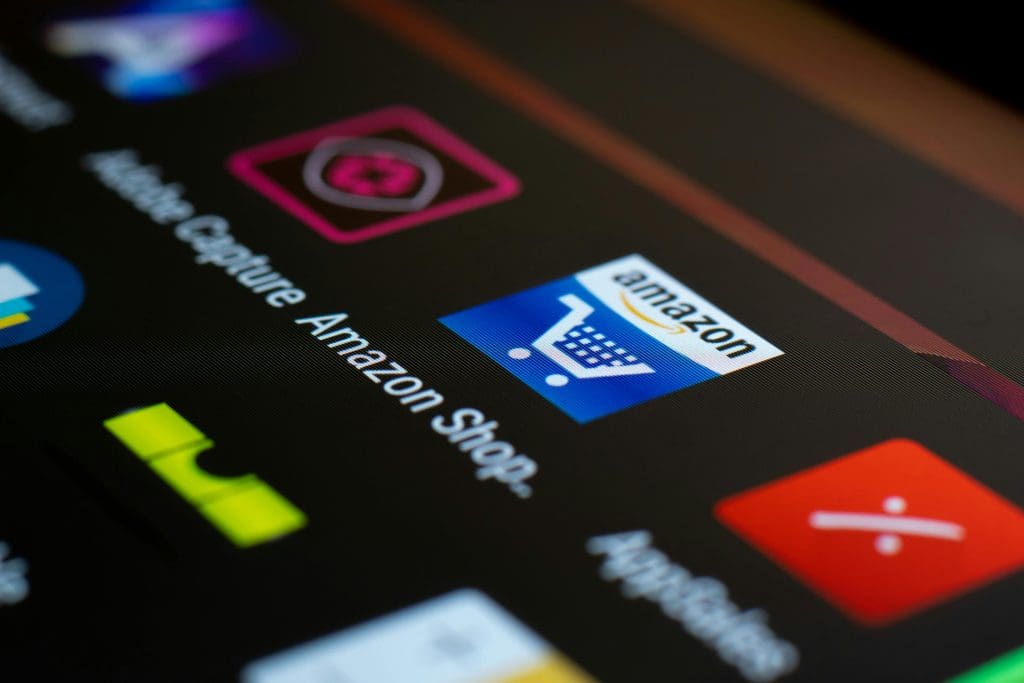In the competitive world of Amazon UK, pricing strategies can significantly impact a seller’s success. A common tactic is charm pricing—setting prices just below a round number, such as £19.99 instead of £20. While this approach traditionally appeals to consumers by making prices seem lower, it may inadvertently hinder sales due to Amazon’s delivery policies and consumer purchasing behaviours.
Understanding Amazon’s Free Delivery Thresholds
Amazon offers various delivery options that are influenced by order value:
-
Non-Prime Members: As of June 2024, Amazon UK increased the minimum spend for free standard delivery from £25 to £35. Non-Prime customers must now spend at least £35 to qualify for free delivery; otherwise, delivery charges apply.
-
Prime Members: Amazon Prime members enjoy benefits such as free same-day and next-day delivery on eligible items. However, for orders under £20, a delivery fee of £1.99 is charged. Orders of £20 or more qualify for free expedited delivery.
The Impact of Pricing at £19.99
When a product is priced at £19.99, it falls just below the £20 threshold for Prime members’ free expedited delivery. This pricing can lead to several scenarios:
-
Additional Delivery Charges: Prime members purchasing an item priced at £19.99 will incur a £1.99 delivery fee, bringing the total cost to £21.98. In contrast, a similar product priced at £20 qualifies for free delivery, making it more appealing despite the higher base price.
-
Increased Purchase Friction: Non-Prime customers need to find additional products totaling £15.01 to reach the £35 free delivery threshold. This requirement can lead to frustration or cart abandonment if suitable add-on items aren’t readily available.
-
Competitive Disadvantage: If competitors price similar products at £20 or slightly above, they may attract more sales due to the free delivery incentive, even if their base price is higher.
Psychological Pricing vs. Consumer Convenience
Charm pricing leverages the left-digit effect, where consumers perceive £19.99 as significantly cheaper than £20 because the price starts with a lower digit. However, this psychological advantage can be negated when additional costs like delivery fees are introduced. The perceived savings of £0.01 are overshadowed by the extra delivery charge, making the slightly higher-priced item (£20 with free delivery) more attractive.
Strategic Pricing Recommendations
To optimize sales and enhance customer satisfaction, Amazon sellers should consider the following strategies:
-
Price Above the Free Delivery Threshold: Set product prices at or above £20 to ensure Prime members receive free expedited delivery. This approach enhances the perceived value and convenience of the purchase.
-
Bundle Products: Create product bundles that collectively meet or exceed the free delivery thresholds. Bundling can increase the average order value and provide customers with more value, encouraging them to choose your products over competitors’.
-
Transparent Communication: Clearly communicate the benefits of pricing structures that meet free delivery thresholds in product descriptions. Highlighting the availability of free delivery can be a strong motivator for purchase decisions.
-
Monitor Competitor Pricing: Regularly analyze competitors’ pricing strategies, especially those who price just above or below the free delivery thresholds. Understanding the competitive landscape can inform your pricing decisions and promotional strategies.
-
Utilize Amazon’s Promotional Tools: Engage with Amazon’s promotional tools, such as Lightning Deals or Coupons, to offer temporary discounts that bring higher-priced items below key thresholds, making them more attractive without permanently reducing the base price.
Leveraging Amazon’s Seller Services
Amazon provides a suite of services designed to support sellers in optimizing their operations and sales:
-
Fulfillment by Amazon (FBA): This service allows sellers to store their products in Amazon’s fulfillment centers. Amazon then picks, packs, and ships the products on behalf of the seller, handling customer service and returns as well. Utilizing FBA can enhance delivery options and potentially increase product visibility.
-
Amazon Seller Central: This is the hub for managing your Amazon selling account. It provides tools for listing products, adjusting prices, fulfilling customer orders, and monitoring sales performance. Regular use of Seller Central can help in making informed pricing and inventory decisions.
-
Amazon Brand Registry: For sellers with their own brands, enrolling in the Brand Registry provides access to tools that help protect intellectual property and create an accurate and trusted experience for customers.
-
Advertising Solutions: Amazon offers various advertising options, including Sponsored Products, Sponsored Brands, and Sponsored Display ads. These can increase product visibility and drive traffic to your listings.
Conclusion
While traditional charm pricing strategies have their merits, it’s crucial for Amazon UK sellers to adapt to the platform’s specific dynamics. Pricing products at £19.99 may seem advantageous, but when considering Amazon’s delivery thresholds and associated charges, this strategy can inadvertently deter customers. By pricing strategically to align with free delivery thresholds and leveraging Amazon’s seller services, businesses can enhance their competitiveness, improve customer satisfaction, and ultimately boost sales.
Note: Amazon’s policies and thresholds are subject to change. Always refer to Amazon’s official guidelines and stay updated with any policy adjustments to ensure compliance and optimal strategy implementation.
